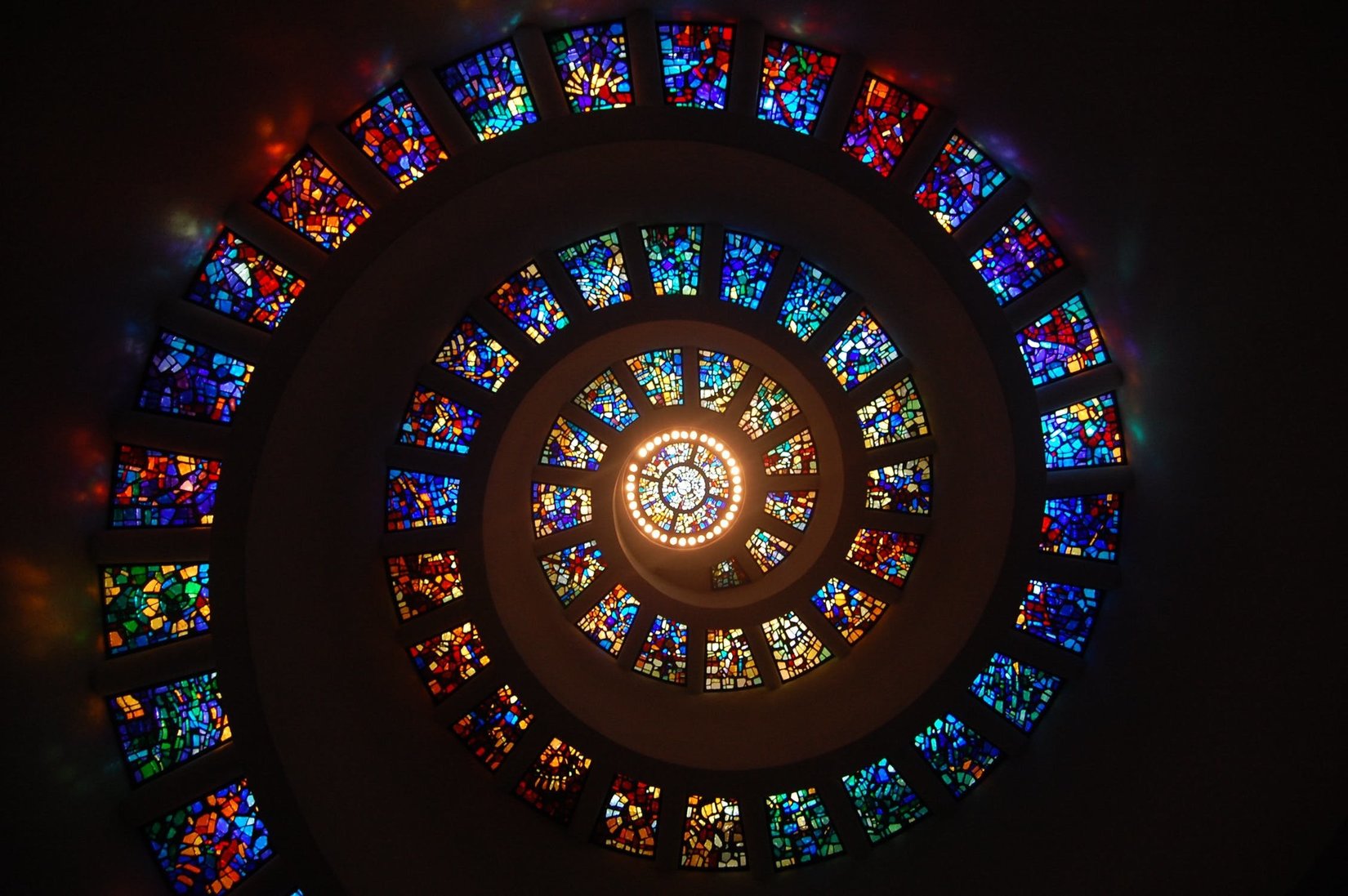If you have an interest in Western art, then one artist whose work you should absolutely explore is Ettore DeGrazia. DeGrazia’s art celebrated ethnic diversity and history, focusing especially on the communities of the Southwest. Continue reading to find out more about this artist’s life and work.
Personal History
Ettore DeGrazia was born in Arizona in 1909. His parents were Italian immigrants, and DeGrazia spent part of his childhood in Italy before returning to Arizona. While living in the mining community of Morenci, DeGrazia was introduced to a range of people from different ethnic backgrounds, which helped to inform his later art. DeGrazia learned to play the trumpet and, after moving to Tucson, was part of a band. In 1942, he began an internship with Mexican artist Diego Rivera. He studied the connections between art and music while attending the University of Arizona, and eventually opened a studio in Tucson in 1944. He later opened a gallery in the Catalina Foothills, called the DeGrazia Gallery in the Sun.
Fame and Recognition
Beginning in the early 1940s, DeGrazia’s art was sometimes featured in issues of Arizona Highways. His artwork was later featured in an NBC newsreel, and then in a 1953 article published by National Geographic. In 1960, a painting titled “Los Niños” was selected to be featured on a holiday card for UNICEF. This painting depicted a group of children joining hands and dancing in a circle. This honor helped draw further attention to DeGrazia’s work. His fame continued to grow throughout the 1960s and 1970s. In 1976, DeGrazia chose to protest the burden of inheritance taxes on pieces of artwork by bringing close to 100 of his own paintings to the Superstition Mountains and setting them on fire.
DeGrazia’s depiction of Southwestern life and culture left a permanent impression on the Western art style. You can explore Western art for yourself by visiting the Western Art Association & Goodey Gallery in Ellensburg, WA. To learn more about the gallery, call (509) 962-2934 today.
The Western Art Association is a non-profit 501 c3 organization promoting the art and artists that depicts Western America, its heritage, culture, landscape and wildlife through representation and traditional visual media.
The Western Art Association produces the National Fine Art Show & Auction which is held the third weekend in May every year in Ellensburg, WA. The WAA is home to the Goodey Gallery which is a Signature Member Artists gallery and presently represents 14 regional artists in rotating shows.
More about Western Art Association & Goodey Gallery.This content has been submitted by authors outside of this publisher and is not its editorial product. It could contain opinions, facts, and points of view that have not been reviewed or accepted by the publisher.

